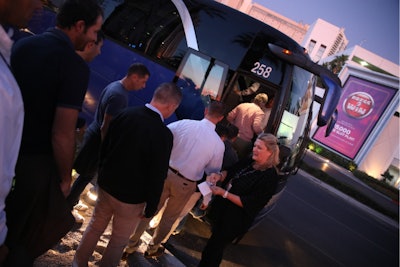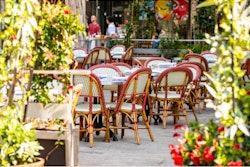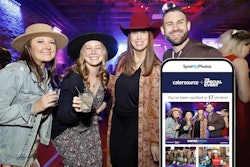
This is a sponsored story from The Vibe Agency.
Designing your next conference or destination event with the bleisure travel model (i.e., a business trip that includes a few days before or after for leisure time) can be greatly beneficial to your company in the long run.
Let me explain why and share some tips on how to do this right.
Why Bleisure Travel is Beneficial to Companies
It is an effective way to foster brand loyalty and employee, or attendee, retention. The pandemic underscored the importance of addressing human well-being, and employees have shown they will leave a company that pushes them to burnout.
We biologically require leisure time to perform our best. A company that balances work expectations with flexibility will have its employees stick around longer. Brands that demonstrate their understanding of the human aspect of engagement will also garner brand loyalty.
By designing your event in this way, you can expect to:
- Attract your target attendee
- Keep them engaged on-site
- Retain them year-over-year
Here's how to do it well:
Tip 1: Pick a destination that accommodates both business and leisure.
Find a destination with the event infrastructure you need (hotel rooms, exhibition space, etc) and the entertainment attendees want on a vacation.International destinations like Spain, Morocco, or resorts in Mexico easily lend themselves to this. If someone takes the time to travel such distances, they will want to explore while there. Choose a city and days of the week that allow them to easily add days before or after, and they will remain more engaged on-site knowing there's time allotted for fun.
For those preferring domestic destinations, Las Vegas, Miami, Austin, and New Orleans work well for bleisure travel. (Bonus Tip: Send out a pre-event survey to your group to gauge their interest in various destinations, then use AI to aggregate the data for the most popular destination choice.)
Tip 2: Build more free time into your program schedule.
Avoid tuned-out guests by taking this two-step approach to your event schedule:Step 1: Shorter sessions and longer breaks with options.
Sessions should be 45 minutes or less, with no more than two before a break of 30 to 60 minutes where attendees can choose to respond to emails, walk the venue, network, or simply get fresh air. By providing choices during the day or after-hours events, you demonstrate an understanding of their humanity and need for autonomy. Nowadays we want more choices of how we spend our time rather than less, so offer it.
Step 2: Adjust your start/end times to your location.
Set your schedule based on the time zone and culture of the destination. Las Vegas, for instance, is known for its nightlife so attendees will likely stay out later. Have your program start at 10 a.m. instead of 8 a.m.
For a European event, shift your start time further to U.S. working hours. Then your on-site attendees have most of their day to take in the destination's attractions before getting down to business in the afternoon.



















